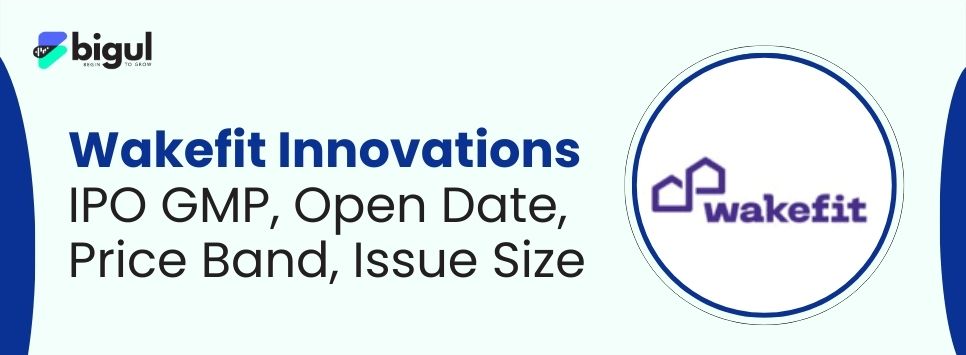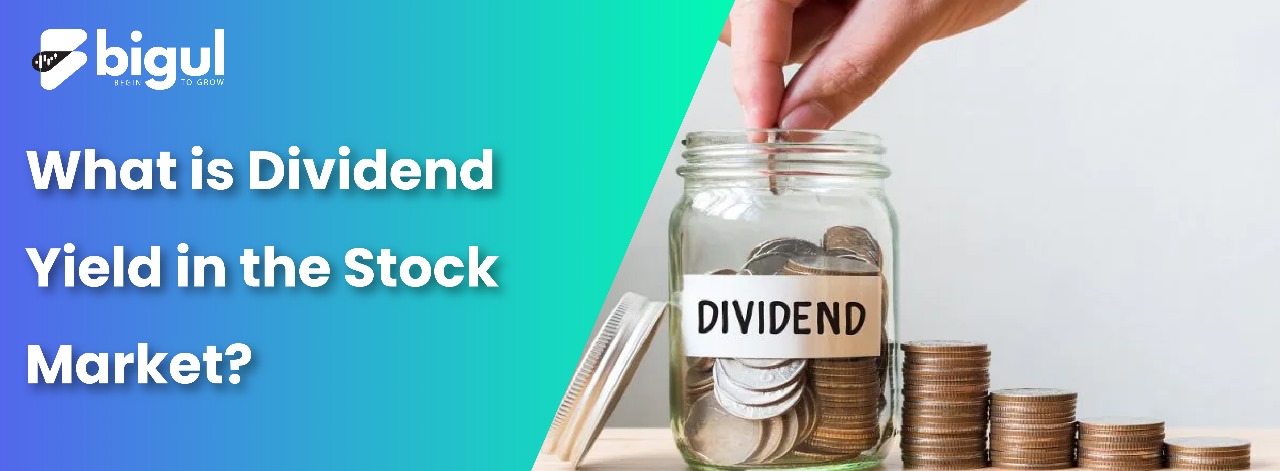Investors in the wide stock market generally seek profitable chances that bring capital appreciation and consistent income. One crucial metric that aids in this pursuit is the dividend yield. The dividend yield is a key indicator of a stock’s potential to generate consistent shareholder returns.
But what exactly is dividend yield? Simply put, it is the ratio that measures the annual dividend payout of a stock relative to its current market price.
Understanding dividend yield empowers investors to make informed decisions, effectively balancing their investment strategies and aiming for sustainable financial gains. So, let’s understand briefly.
What is Dividend Yield?
The dividend yield is a crucial metric in the stock market. It compares a company’s stock price to the dividend it pays investors.
It indicates the recurring income stockholders have received in the past year as a percentage of their current share value. Investors often view dividend yield as a signal of a stock’s potential profitability for long-term holding.
However, it has limitations, such as distortion due to rapid stock price changes and the need for future analysis. For assessing income potential, understanding how dividend yields work is essential. It helps investors choose wisely and adjust their plans.
Let’s illuminate this concept with a straightforward example. Consider a particular stock with a current market value of Rs 100 and an annual dividend per share of Rs 8. To figure out the dividend yield, we simply need to divide the annual dividend per share Rs 8 by the present market price Rs 100.
The dividend yield obtained from this calculation would be 8%, Rs 8/ Rs 100. This implies that for every Rs 100 invested in this stock, an investor can anticipate receiving Rs 8 in dividends per year. This amount signifies a 8% return on investment based on the stock’s existing market price.
How to Calculate Dividend Yield
The formula for calculating dividend yield is straightforward and can be easily derived using public data sources or brokerage tools.
To calculate dividend yield, you can use the following formula:
Dividend yield = Annual dividend per share / Current share price
However, when calculating the annual dividend yield, investors face the crucial task of selecting a specific period to consider. Several commonly used methods exist to address this challenge and provide relevant insights. These methods include:
Prior Year: Use annual financial reports for total dividends paid in the previous year.
Trailing 12 Months (TTM): Calculate the dividend total using quarterly reports for the past year.
Quarterly Dividend: Multiply the most recent quarterly dividend by four for an estimated annual total.
Each method has advantages and limitations, and the choice depends on the investor’s preference for historical or recent dividend data.
Factors That Affect Dividend Yield
The dividend yield is influenced by various factors that can impact the returns generated from stock investments. Here are some crucial factors that affect dividend yield:
- Company Profitability: A company’s financial health and profitability directly impact its ability to distribute dividends. Higher profits generally lead to higher dividend payouts and, consequently, a higher dividend yield.
- Dividend Policy: Companies establish dividend policies that determine the proportion of earnings allocated to dividends. Some companies have a more conservative approach, while others may prioritise higher dividend payouts, resulting in varying dividend yields.
- Industry and Sector Dynamics: Different industries and sectors have diverse dividend practices. For example, mature and stable sectors like utilities or consumer staples often offer higher dividend yields compared to growth-oriented sectors such as technology or healthcare.
- Economic Conditions: The overall state of the economy can influence dividend yields. During periods of economic growth and stability, companies may increase dividend payments. Conversely, companies may reduce or eliminate dividends during economic downturns to preserve capital.
- Interest Rates: Current interest rates can impact dividend yields. Low-interest rates may enhance demand for dividend-paying enterprises, lowering dividend yields.
Advantages and Disadvantages of Dividend Yield
Dividend yield, as a metric used to evaluate the income potential of stocks, offers several advantages and disadvantages. Let’s explore them:
Some of the advantages include:
- Income Generation: Dividend yield provides a measure of the income potential of stocks, attracting income-oriented investors.
- Comparability: It allows for easy comparison of dividend-paying stocks within industries or sectors.
- Potential for Capital Preservation: Dividend income can help offset potential capital losses during market downturns.
Some of the disadvantages include:
- Limited Growth Potential: Dividend yield may result in slower capital appreciation as companies distributing significant earnings as dividends have limited funds for growth initiatives.
- Dependency on Company Performance: Dividend yield relies on a company’s financial health, and a decline in earnings may lead to reduced or eliminated dividend payments.
- Narrow Focus on Income: Relying solely on dividend yield may cause investors to overlook important factors like capital gains potential, overall company performance, and future growth prospects.
- Tax Implications: Dividend income is often subject to taxation, and investors must consider the tax implications when assessing overall returns and net yield.
What Is a Good Dividend Yield?
A good dividend yield is subjective and depends on individual investment preferences. Generally, a larger dividend yield is good, but other variables should be considered. Some investors like a 3-6% yield, while others want more.
The dividends’ sustainability, financial health, growth potential, and industry norms must be considered. A comprehensive analysis is crucial to determine a good dividend yield for a particular investor.
Conclusion
A stock’s dividend yield indicates its ability to deliver consistent profits for owners. It shows a company’s dividend payout versus its market price. Dividend yield distortion due to rapid price movements and requirements for future study must be considered. Investment selections must include corporate stability, development possibilities, and personal investment aspirations. A comprehensive approach ensures a more holistic understanding of a stock’s investment potential beyond dividend yield alone.








.jpg)
.jpg)
